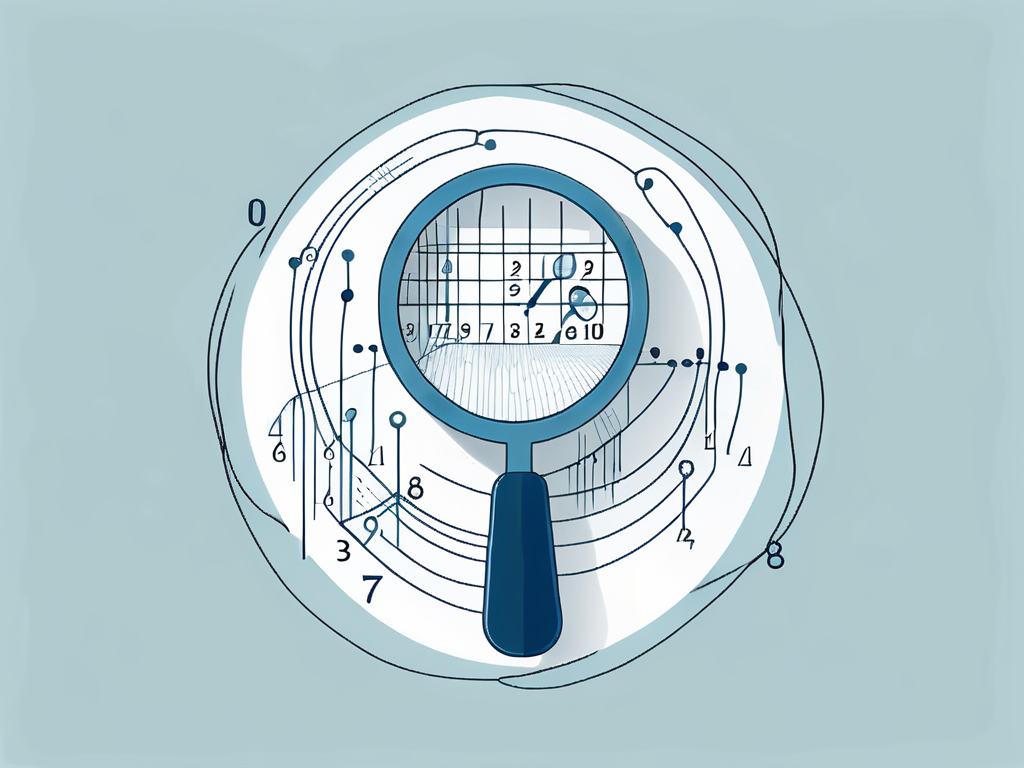Table of Contents
Regex (regular expressions) is a powerful tool used for pattern matching and text manipulation. It can be particularly useful when working with IP addresses, as they have a specific format that can be complex to handle with traditional string operations. This comprehensive guide will walk you through the basics of regex, the structure of IP addresses, different regex patterns for IP addresses, validating IP addresses with regex, and techniques for searching IP addresses in text using regex.
Understanding the Basics of Regex
What is Regex?
Regex, short for regular expression, is a sequence of characters that define a search pattern. It is used to match, manipulate, and extract specific patterns from text. In the context of IP addresses, regex can be used to identify and validate IP address formats.
Regular expressions consist of normal characters like letters, numbers, and special characters, as well as metacharacters that have special meanings. These metacharacters allow for complex pattern matching, such as finding all IP addresses in a text document or validating the format of an email address.
Importance of Regex in IP Address Management
IP address management is crucial in various networking and system administration tasks. Regex provides a powerful way to handle IP addresses efficiently and accurately. By using regex, you can automate the process of identifying and validating IP addresses, making it easier to work with large sets of data.
Regex is not only limited to validating IP addresses but can also be used for tasks like data scraping, form validation, and log file analysis. Its versatility and flexibility make it a valuable tool for developers, system administrators, and data analysts alike. Understanding regex can greatly enhance your ability to manipulate and extract data effectively.
The Structure of IP Addresses
IPv4 vs IPv6 Addresses
IP addresses come in two main formats: IPv4 and IPv6. IPv4 addresses consist of four groups of numbers separated by periods, while IPv6 addresses are written in a hexadecimal format with colons separating groups of numbers.
IPv4 addresses are 32-bit numerical labels that are used to identify devices on a network using the Internet Protocol version 4 (IPv4). Due to the increasing number of devices connecting to the internet, the pool of available IPv4 addresses has been depleted, leading to the development and adoption of IPv6. IPv6 addresses, on the other hand, are 128 bits in length and offer a significantly larger address space compared to IPv4, allowing for more devices to connect to the internet.
Understanding IP Address Notation
In both IPv4 and IPv6 addresses, each group of numbers has a range from 0 to 255. In IPv4, each group is represented by a decimal number, while in IPv6, each group is represented by four hexadecimal digits. Additionally, IPv6 addresses can contain double colons (::) to represent consecutive groups of zeros.
IPv4 addresses are typically written in the format xxx.xxx.xxx.xxx, where each ‘xxx’ represents a number from 0 to 255. On the other hand, IPv6 addresses are written in the format xxxx:xxxx:xxxx:xxxx:xxxx:xxxx:xxxx:xxxx, where each ‘xxxx’ represents a four-digit hexadecimal number. The use of hexadecimal notation in IPv6 allows for a more concise representation of addresses, making them easier to manage and remember.
Regex Patterns for IP Addresses
Basic Regex Patterns for IPv4
When working with IPv4 addresses, you can use basic regex patterns to match the standard format. For example, the pattern “^\d{1,3}\.\d{1,3}\.\d{1,3}\.\d{1,3}$” can match a valid IPv4 address.
IPv4 addresses are made up of four sets of numbers separated by periods, with each set ranging from 0 to 255. The regex pattern above breaks down the address into four parts, each consisting of 1 to 3 digits, ensuring that it follows the correct IPv4 format.
Advanced Regex Patterns for IPv6
IPv6 addresses can be more complex due to their hexadecimal notation and abbreviated representation. Advanced regex patterns that account for different formatting variations are available to match valid IPv6 addresses.
IPv6 addresses are 128 bits long and are represented as eight groups of four hexadecimal digits separated by colons. However, to make them more readable, consecutive groups of zeros can be compressed to “::” in an IPv6 address. Crafting a regex pattern for IPv6 involves considering these variations in formatting to accurately validate the addresses.
Validating IP Addresses with Regex
When it comes to validating IP addresses using regular expressions (regex), there are specific steps to follow for both IPv4 and IPv6 addresses. These steps help ensure that the addresses are correctly formatted and fall within the acceptable ranges.
Steps to Validate IPv4 Addresses
Validating IPv4 addresses using regex involves several steps. First, you must check that the address matches the basic IPv4 format, which consists of four groups of numbers separated by periods. Each group should contain a number between 0 and 255. Additionally, leading zeros in each group should be avoided to maintain proper formatting. By applying the appropriate regex pattern and following these steps, you can accurately validate IPv4 addresses.
Furthermore, it’s essential to consider edge cases when validating IPv4 addresses. These include scenarios where the address might contain fewer than four groups, have incomplete numbers in a group, or contain invalid characters. Handling these edge cases ensures robust validation of IPv4 addresses.
Steps to Validate IPv6 Addresses
Validating IPv6 addresses follows a similar approach to IPv4. Begin by matching the address against a regex pattern that accommodates the various formatting options available in IPv6 addresses. Each group of hexadecimal digits in an IPv6 address should be within the valid range and properly formatted. Additionally, special attention should be given to handling the presence of double colons (::) to ensure the correct validation of IPv6 addresses.
When validating IPv6 addresses, it’s crucial to account for the expanded address formats, including those with IPv4-mapped addresses or zone indices. These variations add complexity to the validation process but are essential for accurately verifying IPv6 addresses in different contexts.
Searching for IP Addresses in Text with Regex
Techniques for Searching IPv4 Addresses
Searching for IPv4 addresses in a block of text can be done using regex with specific techniques. For example, you can use the pattern “\b\d{1,3}\.\d{1,3}\.\d{1,3}\.\d{1,3}\b” to match complete IPv4 addresses within the text.
IPv4 addresses are 32-bit numerical labels that are used to identify devices on a network. Each octet in an IPv4 address can range from 0 to 255. When using regex to search for IPv4 addresses, it’s essential to consider the boundaries of the address to ensure accurate matching.
Techniques for Searching IPv6 Addresses
Similar to IPv4, searching for IPv6 addresses in text can also be accomplished using regex. The pattern “\b(?:[0-9a-fA-F]{1,4}:){7}[0-9a-fA-F]{1,4}\b” can be used to match complete IPv6 addresses within the text.
IPv6 addresses are 128 bits in length and are expressed in hexadecimal notation. They consist of eight groups of four hexadecimal digits separated by colons. When utilizing regex to search for IPv6 addresses, understanding the structure of IPv6 addresses is crucial for creating accurate patterns.
Regex offers a powerful and versatile approach to handle IP addresses efficiently. By understanding the basics of regex, the structure of IP addresses, different regex patterns for IP addresses, validating IP addresses, and techniques for searching IP addresses in text, you can better manage and manipulate IP addresses in your projects.











